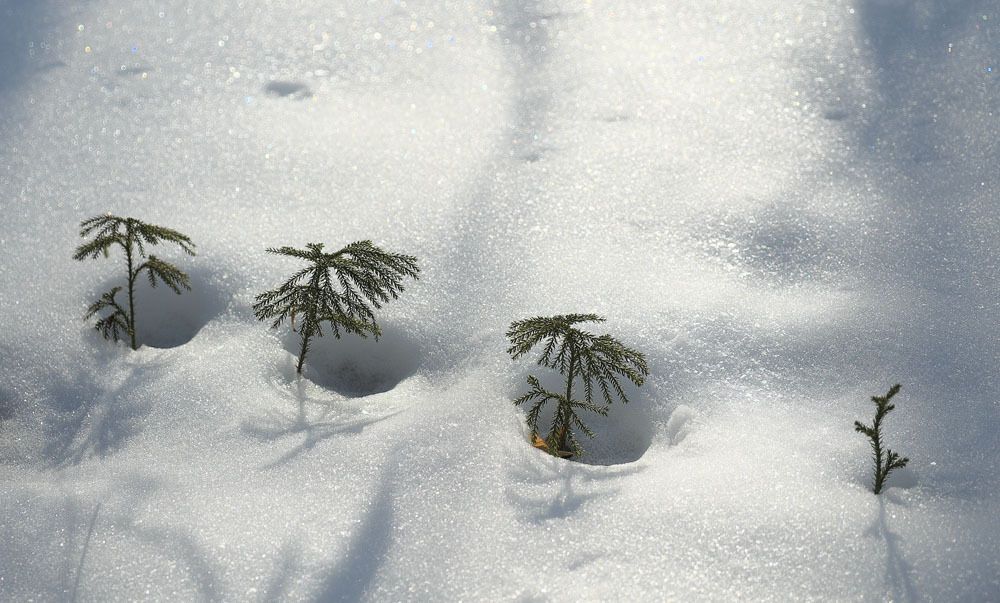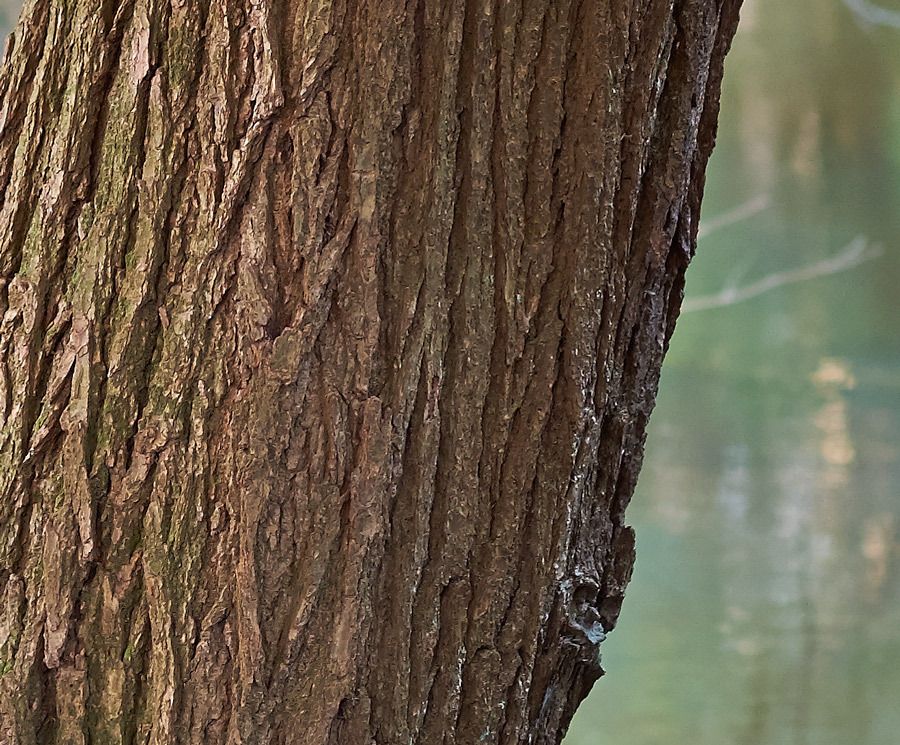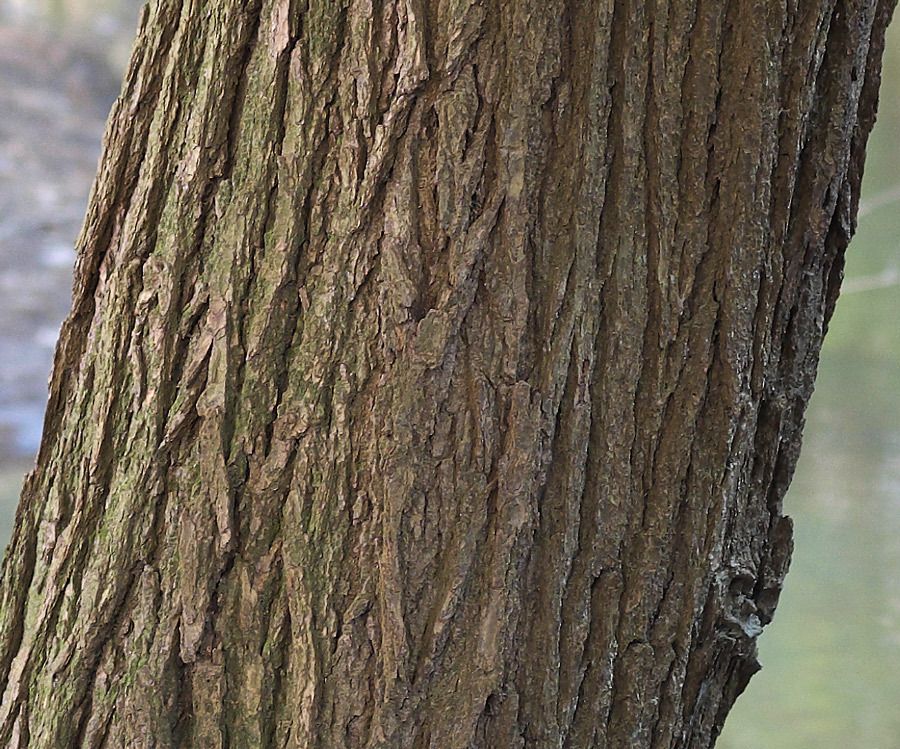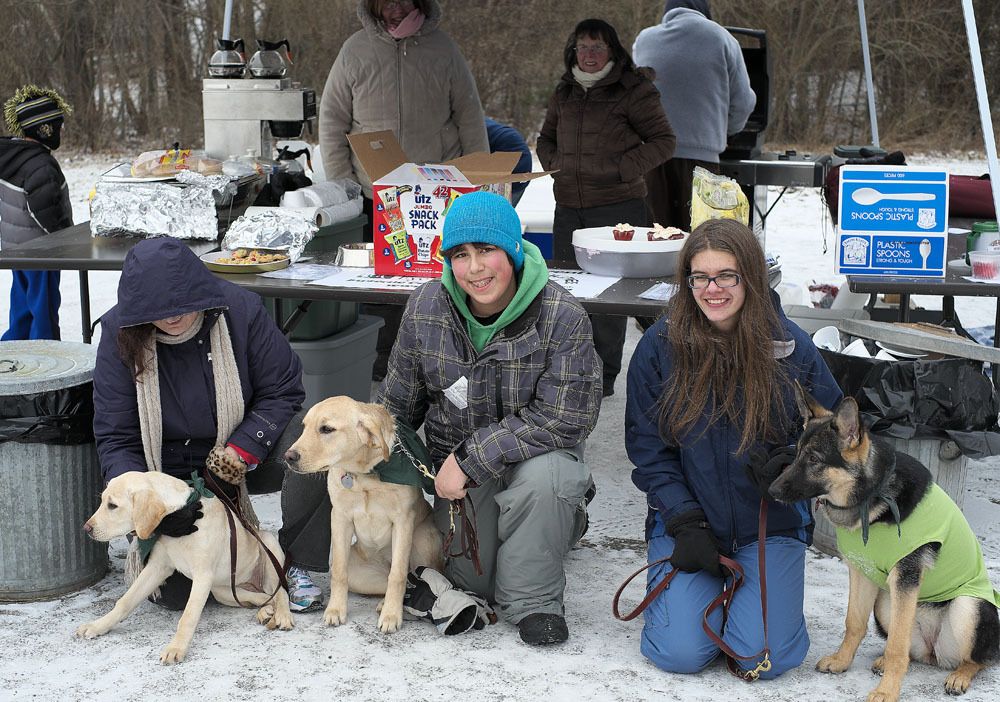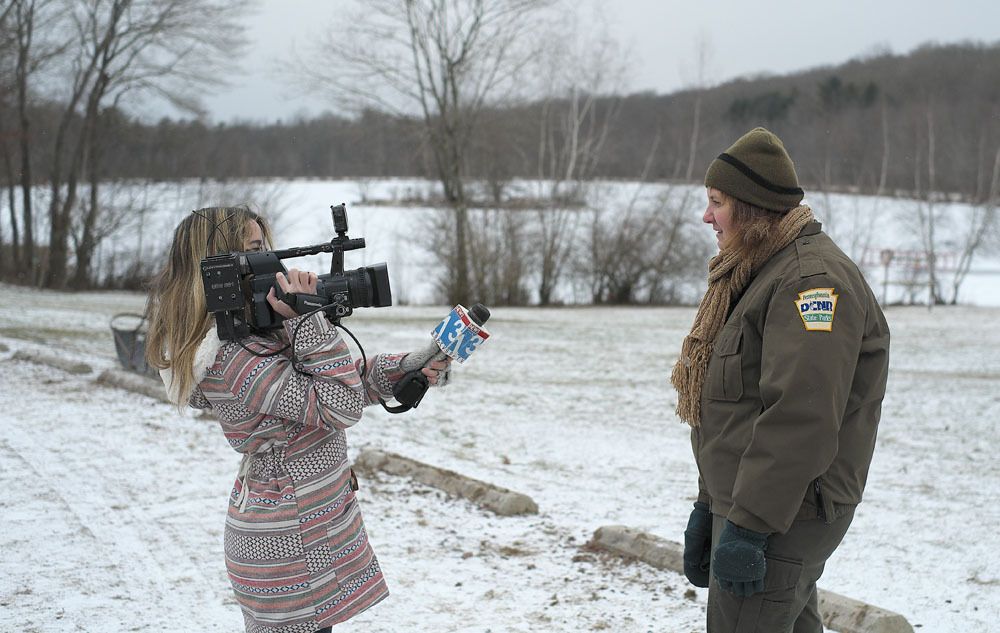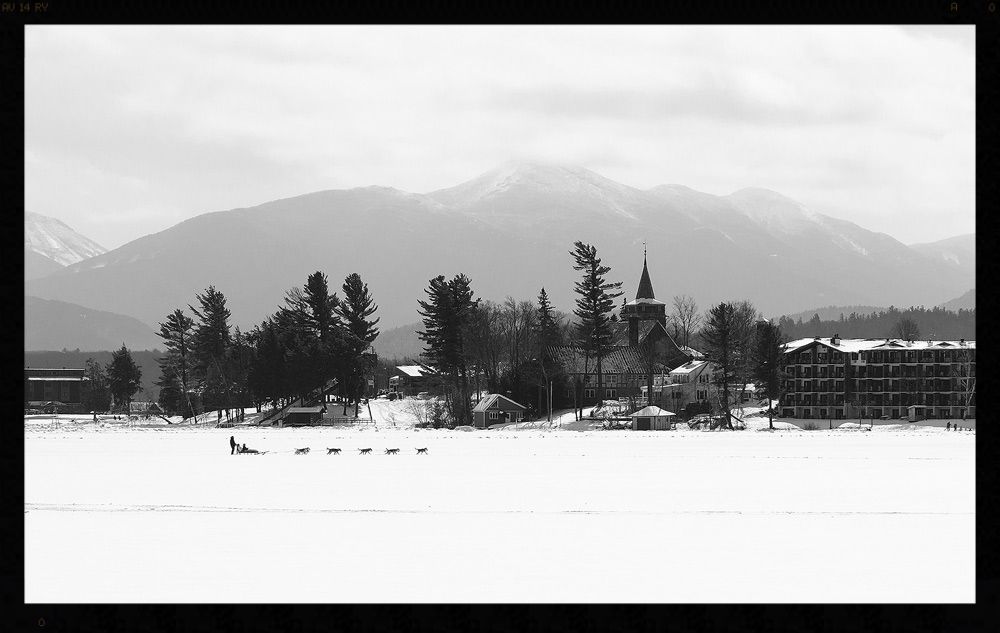
Dogsledding on Mirror Lake( Nikon D7000, Nikkor 16-85 f3.5)
Man I hate progress. Just when you think you have the perfect camera body (or audio gear, or smartphone, or automobile); just when you think your little automotive or electronic universe is perfect, some snooty set of engineers, employed by a busybody manufacturer, goes ahead and makes an improved version of your toy.
You find yourself staring at the brochure (or more likely now the web page) for the new creation. You breathlessly review the device’s new specifications and capabilities and just hoping that its ancestor, which you currently own, has not been made completely obsolete by the new arrival.
Unfortunately, the manufacturer has no desire to take you off the hook, or to give you any comfort in the knowledge that you currently possess a device that is still adequate to the task. Their marketers want very badly to convince you that it is absolutely essential to sell your current device and possess their new offering which is so much more advanced, that you might as well not even own your current camera (or audio gear, or Smartphone, or automobile).
And it works. One by one the pages of eBay sprout multiple new auction offerings of the old device, as their owners work to raise the capital so that they acquire the new model. And generally, it will be a model, that if you’re lucky, is perhaps 5% better overall than the device it replaced.
But when the UPS man finally arrives with your new toy, for you the consumer…no, the aficionado, your universe is complete. You’re back on top.
Now, we’re all I think, to some degree or another subject to these impulses. You wouldn’t be reading this blog if you weren’t interested enough in camera gear and photography to waste a portion of your day perusing these articles.
And I wouldn’t be writing these articles if the subject didn’t interest me. But it’s important to keep one’s head squarely on one’s shoulders.
Nikon has just released the D7100. I’ve written extensively on its predecessor articles which you can read here and here. I thoroughly enjoyed the D7000 and it will continue to hold a valuable place among my collection of camera gear.
The new camera has several interesting advances:
It sports a 24 megapixel Toshiba sensor, which is similar to the 36 megapixel sensor of the D800e in that it lacks a “low pass” filter. It should thus have noticeably better resolution than the D7000, which has only 16 megapixels with a filter. Nonetheless, the current resolution has proven to be very adequate for most of my needs ( the image above for instance, was significantly cropped).
Though more megapixels can be useful, they will be so only if they do not if adversely affect the low noise levels, and particularly the wide dynamic range of the current D7000 sensor. In fairness however, most often with Nikon sensors, the newer ones are strikingly better than their predecessors in most attributes.
The D7100 has a new autofocus system which is said to be more sensitive than the old one. The autofocus points are also more broadly spread across the frame. That’s a good thing.
There’s some improvement in burst speed, add a new crop factor (1.3x) which yields an image reduced to 15 megapixels, but allows you to access the camera’s highest burst speeds (seven fps in the crop mode, as opposed to six fps for the D 7000 in full resolution).
There are improvements to video capture including the addition of stereo microphones.
And like the D600, there is now a lock button on the mode dial.
To me, as a landscape photographer, the usefulness of upgrading to the D7100 would entirely depend on the sensors characteristics. If the increase in resolution is accompanied by simultaneous dramatic improvements in high ISO performance (an achievement Nikon does tend to pull off) then the newer camera may be worth acquiring. If the gains are in resolution alone, that I suspect I might acquire one when the market is right, i.e.; when the used market for the D7000 is still good, and the 7100 refurbs or discounts start to appear. Time will tell.
Remember I own a D 600 which makes resisting this new offering much easier.
Obviously we need fo people to purchase goods, if we’re ever to improve the economy of our country, and for that matter, that of the globe.
But as always I urge caution when new models of our beloved equipment become available.
For unless they offer significant improvements in capabilities, specific to your usage patterns, then the newest model is unlikely to be a good investment.
Now, none of this applies to you if you own a much earlier camera body, particularly one that is a couple of steps below the 7000 series. If you need what the D7100 offers, and can afford it, then by all means enjoy. I believe you’ll be buying a fine photographic instrument.
However always remember that the addition of a new model does nothing to alter the quality and function of its predecessor. I suspect we could all improve our output as much, by better utilizing the features of our current camera gear as by buying the newest model.
Take a deep breath and think, before you push that “confirm purchase” button on the screen.

